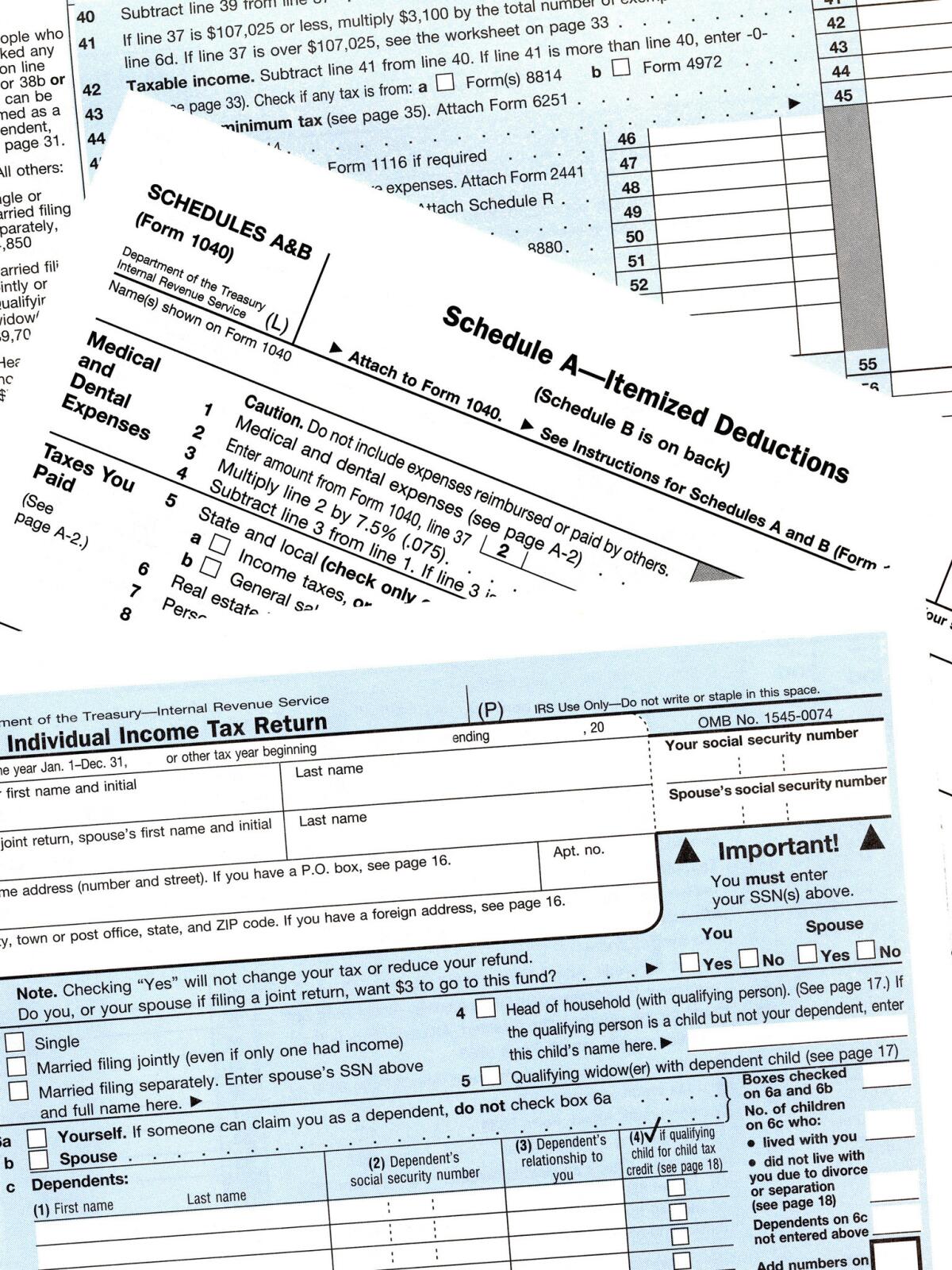Money Talk: Why your W-4 forms are likely ‘wrong’

Most people’s W-4s are “wrong” in the sense that they have the government withhold too much.
Dear Liz: After being an unmarried couple for 15 years, we were married in February 2014. Though I sent this information to my company’s benefits department, I neglected to change my W-4 status from “single” to “married.” I’m crossing my fingers that when all is said and done, we have paid the correct taxes when we filed for 2014 (we filed jointly as married) regardless of what was withheld pursuant to the W-4. Or do I need to inform the IRS of the oversight for the 2014 and 2015 tax years?
Answer: Best wishes on your marriage, and don’t worry. Since you were married as of Dec. 31, 2014, and you filed as a married couple for 2014, you’re good — assuming, of course, you used current tax software or IRS tax tables for married filing jointly.
The W-4 form is meant to tell your employer how much of your paycheck you want withheld. Most people’s W-4s are “wrong” in the sense that they have the government withhold too much. They get fat refunds that average close to $3,000, but they aren’t penalized for doing so (other than not having access to their own money until they get that refund, of course).
If you’re getting refunds, you can tweak your withholding when you visit your benefits department to update your W-4. The IRS and TurboTax, among other sites, have online calculators to help you figure out what you should have withheld.
While you’re there, check your beneficiaries for any workplace retirement plans and life insurance. Federal law says your spouse must be the beneficiary of your retirement plan unless he or she signs a waiver. Life insurance, by contrast, goes to the named beneficiary even if you subsequently marry.
Consistency on returns is sketchy
Dear Liz: In a recent column you mentioned a fund that shows a return of 7% consistently for several years to present. Would you be so kind as to provide me with the name of the fund?
Answer: I don’t know of any mutual fund that’s shown a consistent 7% return year in and year out. What you may be referring to is research showing overall stock market returns. Taking into account each year’s gains and losses, the average annual return over each 30-year period starting in 1928 — from 1928 to 1958, 1929 to 1959, and so on — is greater than 8%, but you can’t expect 8% every year.
Weighing benefits for survivors
Dear Liz: My 90-year-old father recently passed away. My mother, who will be 90 in February, has a phone meeting with Social Security coming up. It is my understanding that she will have the opportunity to take my dad’s full benefit in place of hers since it is much higher. Is that correct? Is there anything else I should know to help her receive the maximum benefits?
Answer: Survivors get only one Social Security check, and it’s the larger of the two they received when their spouses were alive. So yes, she will get the amount your father got. At this point she can’t do much to maximize her Social Security benefit. What she gets depends on when your father started his benefit. The later he started, the more she’ll receive.
Liz Weston is a personal finance columnist for NerdWallet. Questions may be sent to 3940 Laurel Canyon, No. 238, Studio City, CA 91604, or by using the “Contact” form at asklizweston.com. Distributed by No More Red Inc.
More to Read
Inside the business of entertainment
The Wide Shot brings you news, analysis and insights on everything from streaming wars to production — and what it all means for the future.
You may occasionally receive promotional content from the Los Angeles Times.










